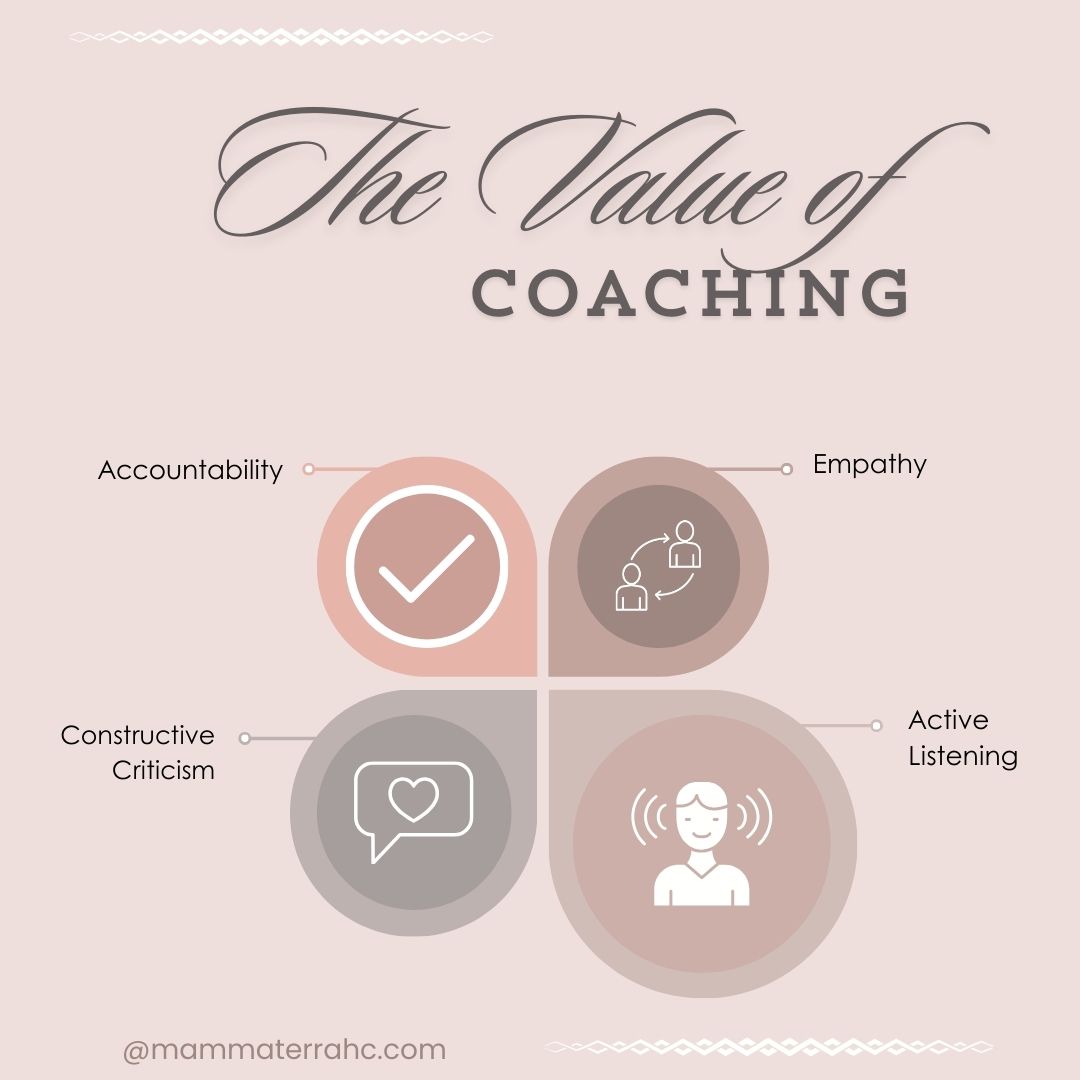Lean Manufacturing
Known in the US as “The Toyota Way”, lean manufacturing is the operational model implemented in the post-second World War by the Japanese company. The Toyota Production System (TPS), as it’s well known, was erected on two pillars: Just-In-Time, for inventory management, and Autonomation, for quality control. TPS strives to create a lean, efficient, and flexible production system that can adapt to changing demands while maintaining high-quality products and minimizing costs. Its ultimate goal is to create a customer-centered culture of continuous improvement, respect, and empowerment within the organization.
History
The true reasons why the Japanese created this production system are still unclear. However, according to American supply chain specialist Gerhard Plenert, there are three possible good ones. Japanese companies needed an immediate solution to the extreme situation they were living in after World War II. The country was rebuilding its economy, infrastructure, industry, and social-emotional stability. With the lack of cash, industries had a hard time financing big-batch, large inventory production methods common elsewhere. They also lacked space to build big factories with big inventory lots and the islands lacked natural resources.
Then It Started
Thus, the Japanese “leaned out” their processes. Smaller factories were built in which raw material and final products’ inventory levels were kept low. Investment in work-in-process inventory was also at a minimum. The Just-In-Time principle was then used to align production with customer demand. Producing only what is needed, when it is needed, and in the amount needed ensures that resources are used efficiently. Autonomation, or automation with a human touch, was used to detect and address defects immediately. Preventing faulty products from advancing through the production line was the way to guarantee a high-quality output.
Seven Wastes
Besides adopting the JIT and autonomation as TPS pillars, the Japanese fostered a culture of continuous improvement. Employees at all levels were empowered to suggest and implement enhancements to the production process. They welcomed all the help to reduce cycle, flow, and throughput times by eliminating no-value-added activities. That was when Toyota engineer Shigeo Shingo categorized production wastes into 7 big buckets: excess inventory, overproduction, over-processing, transportation, excess motion, waiting, and rework. Shortly after, eliminating those wastes became another important focus of TPS.
Worldwide Movement
The TPS efficiency and resilience were recognized in 1973. That year, Toyota was able to maintain high levels of productivity and quality despite the worldwide oil crisis. Fact that attracted other automakers’ and researchers’ attention. So, in 1977, the Massachusetts Institute of Technology (MIT) published “The Machine That Changed the World“, a study that brought global attention to the effectiveness of TPS. A comparison between Toyota’s lean production methods with traditional mass production techniques highlighted the superior efficiency, flexibility, and quality of TPS.
It Gets to Brazil
I was a young process engineer, recently hired by the big multinational Alcoa when the lean manufacturing wave was coming towards the Brazilian industry. Alcoa Brazil had sent people to Japan and the US to learn the methodology and further deploy it to all its employees. As a new hire, I attended the first wave of lead team training as a helper. Since then, my professional life was permeated by lean management concepts. I quickly understood all the principles and shortly after I was deploying the information to other levels of the organization.
A New Perspective
For 20-plus years I lived and breathed this management system. For 17 years I worked for Alcoa, who named it ABS – Alcoa Business System, and another 6 years working for Sonoco, who called it SPS – Sonoco Production System. Only recently, after listening to Drew Ramsey‘s podcast interview with Ben Hartman, I had a profound insight. Ben Hartman wrote a book called The Lean Farm after successfully applying lean manufacturing principles on his 1/3-acre Clay Bottom farm in Indiana.
Same Approach
Previously I had realized that the problem-solving approach used by continuous improvement – which looks for the root causes of issues, was relatable to my work as a health coach. While in the industry I was looking for causes of ineffective processes or defective products, and as a health coach I’m looking for the root causes of my client’s health issues. But, listening to Hartman’s interview opened up a new perspective for me – that the lean system can be applied to anything. Now I’m positive that my years of continuous improvement were indeed a setup for my current work. Applying the lean concepts to life is an effective way to manage health and wellness.
A Lean Life
The lean manufacturing approach focuses on the customer so, the first question here would be who is your life’s customer? You! Your goal in life is to satisfy or exceed only your own expectations. Well-being would be the ultimate goal, high quality of life with low health care costs. Which would be erected on 4 pillars: sleep, nutrition, exercise, and stress management. The foundation to support those pillars should be laid one by one starting from core values, wellness vision, integration, and mindfulness. And of course, you would apply other lean concepts such as waste elimination, focusing on BEing and not HAVEing.
Life’s Seven Wastes
Keeping the parallel with TPS’s seven categories of waste, to eliminate excess inventory in life means to downsize. It’s a mindset change to have only what’s necessary – no excess clothing, shoes, cars, or other material goods. In another interesting podcast interview I’ve listened to recently, Light Watkins speaks about his book, Travel Light: Spiritual Minimalism to Live a More Fulfilled Life, where he shares profound insights on finding simplicity in our complex world, the importance of shedding the unnecessary baggage of life, traumas and limiting beliefs included, and tapping into the essence of our true selves.
Overproduction
To eliminate overproduction in life means to work just the necessary number of hours to provide you with a life with no excess. Embrace the BE-DO-HAVE mindset model instead of living in the culture of DO-HAVE-BE, where we think we’ll be happy after buying the big house, getting that dream job, a raise, or a promotion. The excess work is most likely consuming your health and damaging your relationships. Being a better, kinder, mission-driven person and then working towards building your dream life should bring you an abundance of good things.
Over-Processing
This is an interesting waste when thinking of life. Over-processing happens when you have inefficient circular thoughts like – I hate my boss, I can no longer stand this job! But you never quit. Or when you overthink all the little things – should I buy this new pair of shoes or not? Over-processing also happens when you fight mental battles thinking about what you should’ve said and what you’ll say next time someone does X or Z to you. Also happens when you blame others for your problems – I’m fat because my mom did not let me have ice cream when I was a kid so, now I can have all the ice cream in the world! Take control of your thoughts and your life!
Transportation
Excess transportation happens when we don’t think through the practical things in life. For instance, you live in a nice, big house in the suburbs but have to commute 2 hours every day to work in the city. Even if you found similar housing close to work you wouldn’t be able to afford it. So, you pay your “comfort” with your time. The same happens when you want your kids to go to an outside district school which ends up adding driving time to your routine. Leaning out your life would prevent you from wasting time and energy, our two most precious assets.
Motion
Excess motion in life is when you fill your or your kid’s calendar in a way that there is no time to rest. Your day starts at 5 am and only ends at 11 pm and you’re always on the go. You barely have time to eat or enjoy a cup of tea. Moms come to mind when I’m writing this. It’s ok to have busy seasons in life when kids are little, or you have a new baby or even a new job. But you will burn out if it continues. Find the time to slow down and honor your ultradian rhythms. Stop to look at the sky, the flowers, and the birds. Give yourself the grace to do nothing every once in a while. Your brain and your body need rest.
Waiting
It’s funny to think about how much time in our lives we might be wasting waiting for something to happen. When my kids get old enough, I’ll travel more, or I’ll go back to work or school. I’ll look for a more fulfilling job when I have so much in my savings. Once I’m retired, I’ll have time for my hobbies. And we keep waiting, wasting precious time. It’s all right to be cautious and to have a plan, however, now is all that is! Make sure you’re enjoying the journey and taking some steps every day toward the life you desire.
Rework
This last category of waste makes me reflect on all the learning opportunities that life gives us and for some reason, we miss. Sometimes we are not aware of the signs and end up going through the same challenges over and over again. Some rework is absolutely necessary when integrating suffering and processing traumas but, focusing on your higher self instead of your ego will speed up the process. You will learn what you came here to learn regardless so, choose the easy way. Tune in with yourself, be aware of the signs, and ready to grow and expand with every opportunity.
Other Concepts
There are so many other lean manufacturing concepts to explore from a life perspective! I’ll save some for a blog post part II. If you know TPS, I’d love to know your thoughts so far. In the meantime, take the opportunity to eliminate some waste and “lean out” your life!
After all, Good is what makes you feel well!
Anna.

Anna Resende
Integrative Nutrition Health Coach
Certified by IIN - Institute for Integrative Nutrition
Every week I send out my newsletter called Mamma’s Tips where I share health and wellness topics, good books, recipes, and more.
Click below to subscribe!
I’m excited to share that I just published my first e-book
A Weekend of Feeling Great!

In this book, you’ll find all the steps you can take to feel great. Besides all the foundational principles of multidimensional health, it has a sample of a productive daily routine and a two-day menu with 10 healthy recipes for you to try.




